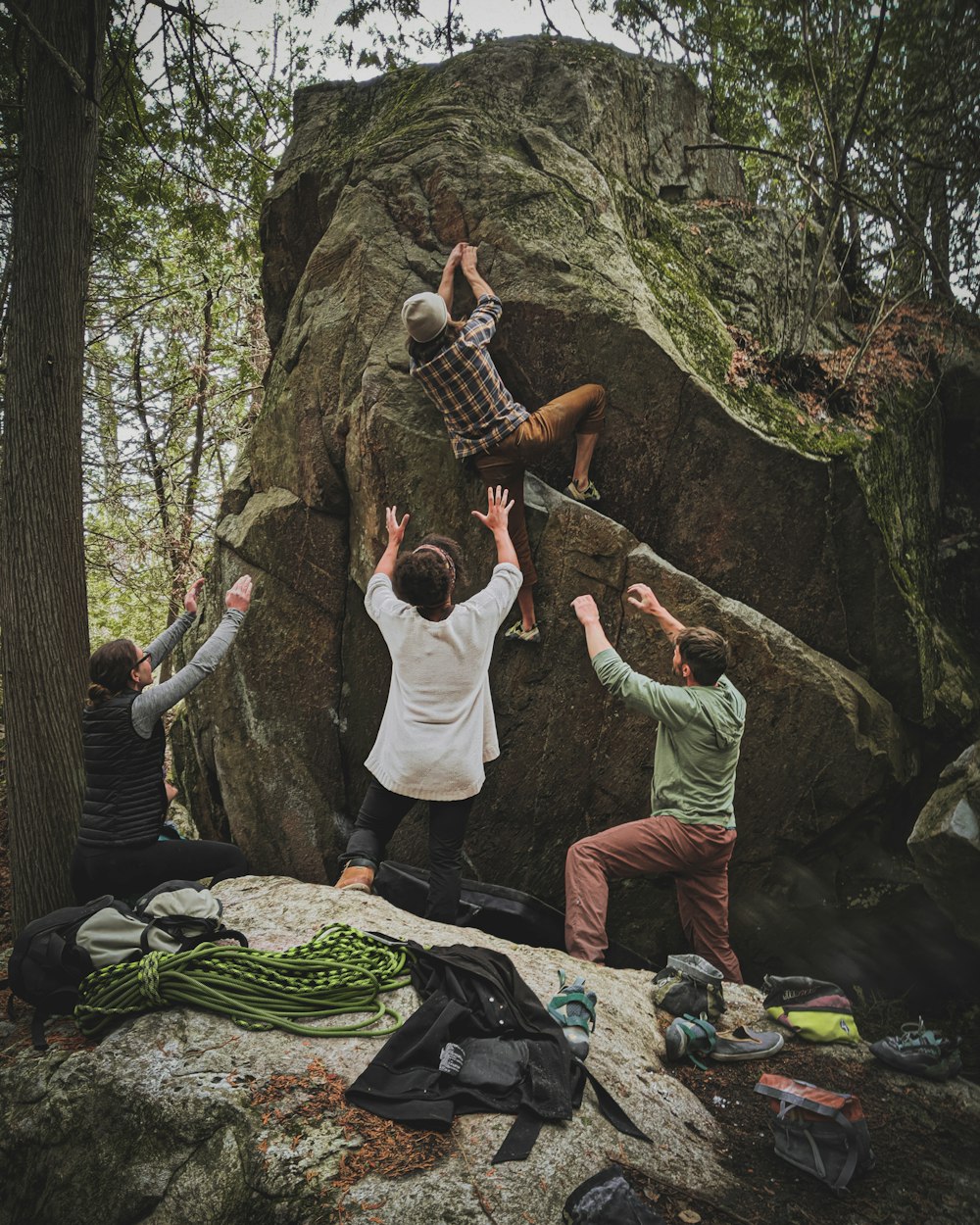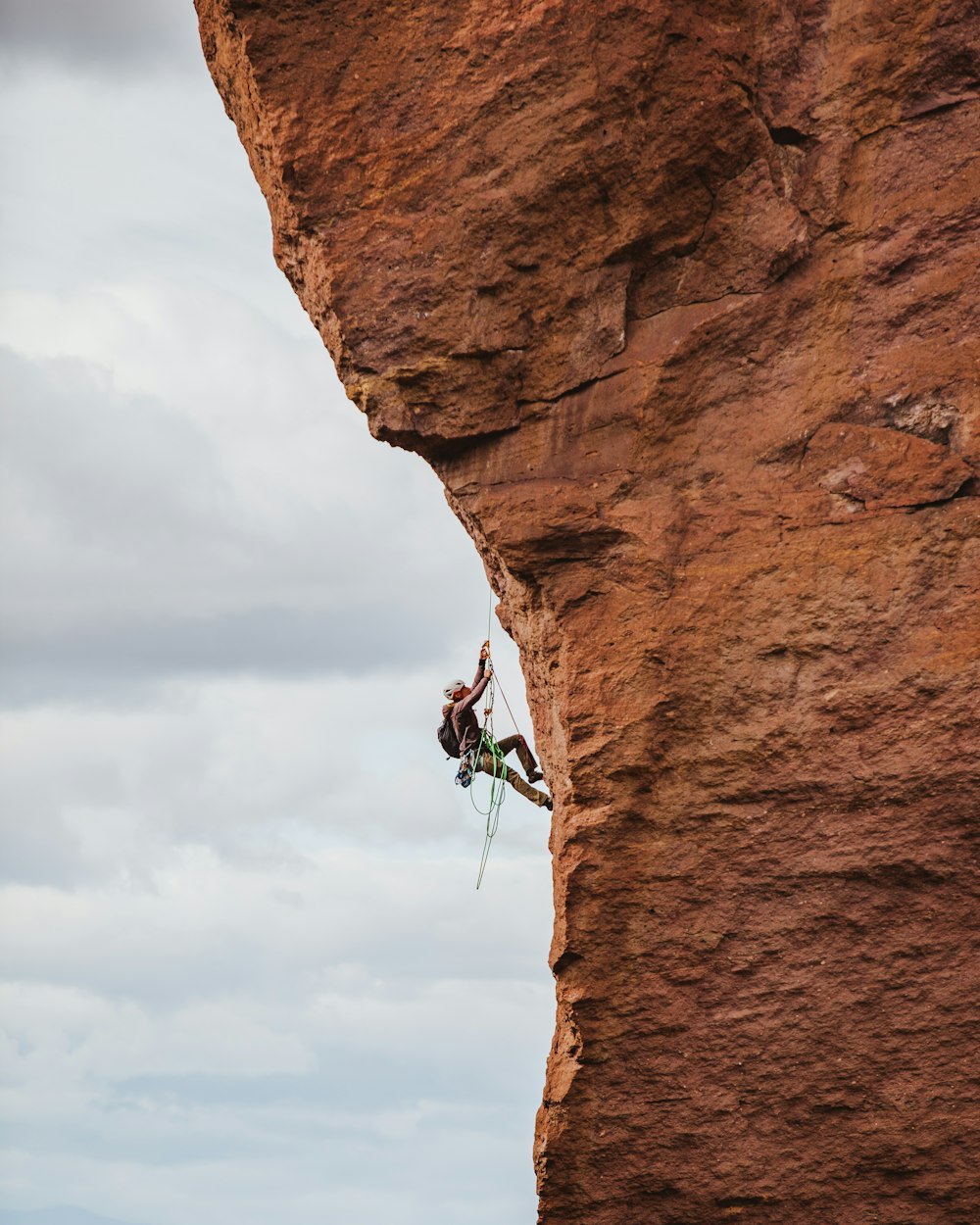
- calendar_month May 9, 2023
- folder Health & Fitness
Now more than ever rock climbing is a growing sport due to social media and films such as Free Solo, The Alpinist, and Dawn Wall. You may have even seen a viral video from Magnus Midtbø on Youtube being the biggest rock climbing content creators to date and if you have watched any of the Olympics dating back to 1989!
What is Rock Climbing ?
Climbing doesn't always necessarily mean on real rocks you can do indoor and outdoor. Indoor climbing is on essentially plastic holds that can very in texture, shapes and sizes. Some holds resemble something you might see outdoors while other holds might be the mold of face with a gas mask on it to name a few funky ones I have seen. There are 3 different disciplines in rock climbing such as rope climbing, bouldering, and speed climbing.
Rope Climbing
- Top rope which is when is rope is fed through an anchor at the top of the route and the person below (belay) takes your slack from the rope that you create as you climb up the route.
- Lead climbing is when climbing a route and attaching your self to anchors on the wall (aka quickdraws) as you go higher while your belay feeds you slack unlike top roping to allow you to go higher but will take the slack when a fall is apparent or you have finished the route and need to be lowered.
Bouldering
-This discipline requires less endurance than rope climbing although requires more strength as you climb a shorter route with no rope holding you.
-When bouldering you are making generally bigger and more powerful moves on walls upwards to 15 feet with padding below to protect you.
Speed Climbing
-Climbing up a set route that never changes as fast as possible. (Indoor only)
Benefits of Climbing
Strength
Rock Climbing is a true full body calisthenics workout and helps build muscle. When climbing expect to gain:
- Upper body, core, and lower body
- Pull muscles : back muscles, biceps, and even wrist flexors.
- Finger and grip strength
- Flexibility.
Climbing heavily involves isometric holding movements which trains the muscle in a much different way than your typical up and down repetitions.
Not only is it great for strength its always an amazing cardiovascular workout and studies have shown that a 155 pound person could burn up to 600 calories per hour or 10 per minute, and that it requires the same amount of energy as running an 8-11 minute mile.
Mental Health and Cognition
When climbing you are always problem solving because of the variety of ways you are able to do a route. Route reading is essential to the sport and planning what you are going to do on the wall before you try will set you up for victory. Because this sport demands so much focus studies have shown that climbing can reduce symptoms of depression and more benefits such as:
- Stress reliever, mindfulness, and memory.
- Planning, coordination, decision making, reaction, and problem solving.
Climbing also can boost your confidence from climbing a level you maybe couldn't before. Or even finally doing something you had failed many times at feels amazing.
Why I Climb?
I have been climbing for about a 1 year and 3 months (3 months injured) and I always had fun climbing things as a kid, my cousins used to call me monkey butt! I had liked to climb anything as a kid but it was until about a year and a half ago before I fell into the rabbit hole of this sport. It was because of an amazing film that is on Netflix called The Alpinist which featured a climber named Andre Marc Leclerc, and the film documents some of his amazing climbing feats and free soloing, with no rope, mixed climbing routes which is on rock and ice. I was so inspired by this film that I had bought my shoes my chalk bag and a brush and headed to my local climbing gym with no prior experience to try climbing for the first time, I had signed up right then and there and I have been climbing 3-4 times a week since.
My Gym of Preference : Boulderdash SFV Located in Northridge.





